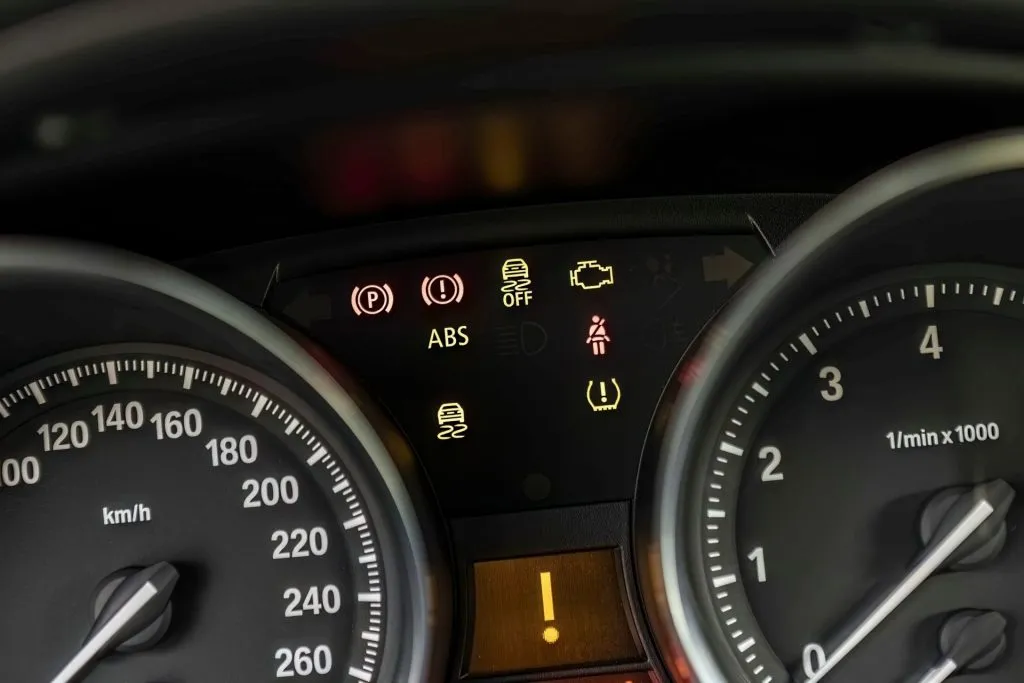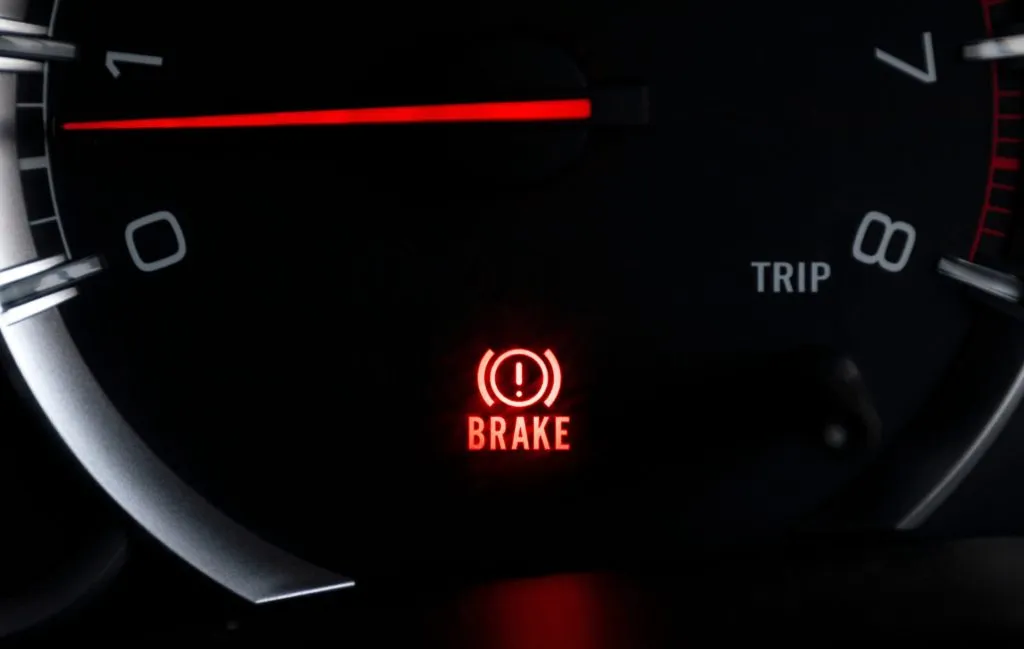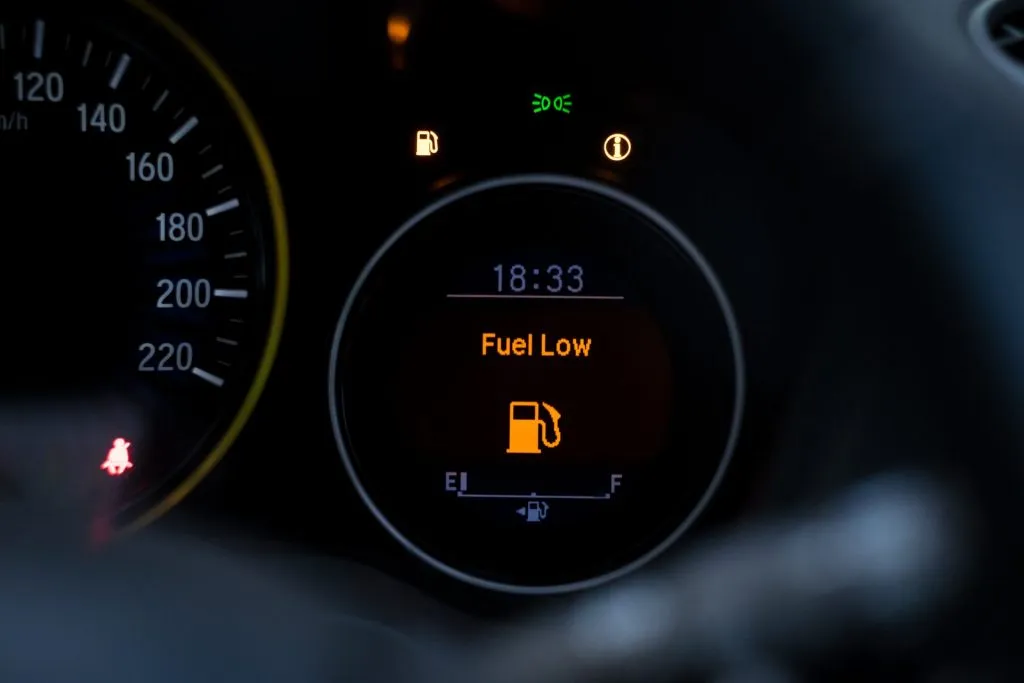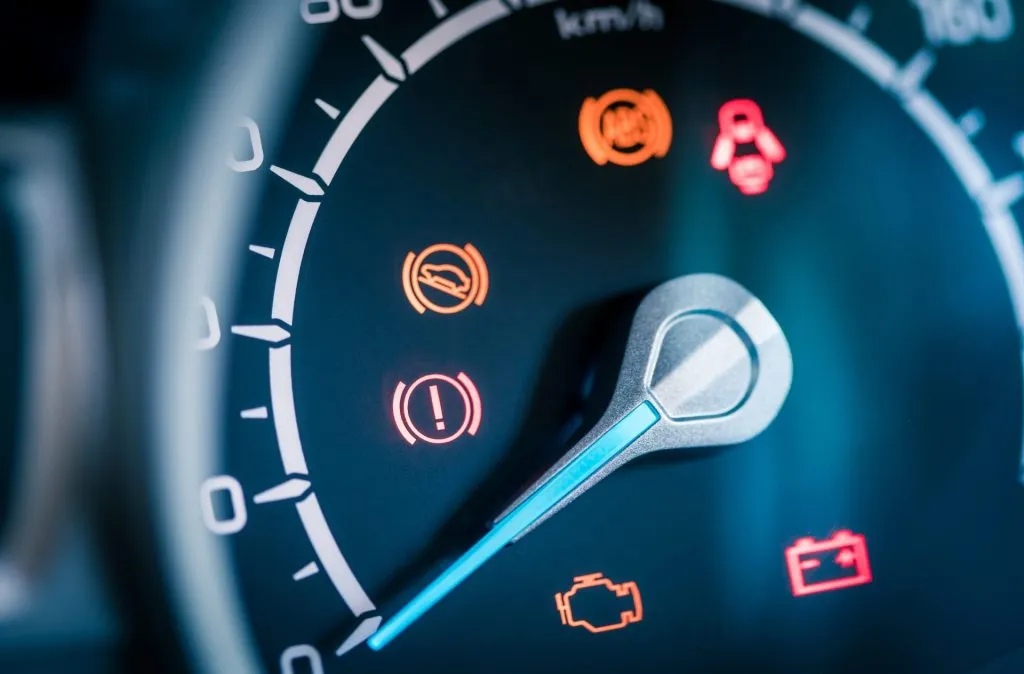Car Warning Signs: Full Guide to Dashboard Symbols and What They Mean
- What Are Car Warning Signs and Why They Matter
- Types of Dashboard Warning Lights in Modern Vehicles
- Engine Warning Signs (Check Engine Light)
- Battery Warning Light
- Oil Pressure Warning Sign
- Brake System Warning Signs
- Tire Pressure Monitoring System (TPMS) Warning
- Coolant Temperature Warning Light
- Airbag Warning Light
- Transmission Temperature or Malfunction Warning
- Adaptive Cruise Control & Lane Assist Warnings
- What to Do When a Warning Sign Appears in Your Car
- Can You Drive With a Warning Light On?
- How to Reset Car Warning Lights (Safely)
- Common Myths About Car Warning Signs
- When to Visit a Mechanic or Auto Electrician
Modern cars are equipped with an assortment of warning systems intended to alert the driver to a possible problem before it becomes a major one. Being familiar with the warning car signs and car dashboard symbols will enable you to keep your vehicle in good condition, avoid expensive repairs, and be safe on the road. In this article, we will explore the most common dashboard warning lights, their implications, and what to do if they show up.

What Are Car Warning Signs and Why They Matter
Car dashboard warning lights are light signals, usually represented by symbols or lights on your dashboard, that inform you about the status of car systems. Dashboard lights are an early warning system, reminding you when some issue is to be addressed – whether a minor one, such as low washer fluid, or an emergency issue, like engine failure.
Ignoring common car warning lights will result in breakdowns or accidents that can harm you and potentially result in expensive repairs. The ability to recognize and respond appropriately to these symptoms is the secret to motorist safety and vehicle longevity.
Types of Dashboard Warning Lights in Modern Vehicles
Car dashboard warning lights generally fall into three categories:
- Informational Lights: They signal normal system function or act as reminders, e.g., seatbelt reminders or cruise control engagement.
- Warning Lights: These signal problems that need your attention but you may not necessarily have to stop right away to address these issues, such as low fuel or tire pressure indicators.
- Critical or Emergency Lights: These warning lights blink to indicate major issues that require attention immediately, like engine overheating or brake system failure.
- Various colors also indicate urgency: green or blue is usually informational, amber or yellow warning light is warning, and red is a problem of critical severity.

Engine Warning Signs (Check Engine Light)
One of the most frequent and well-known warnings is the “Check Engine” light. It can come on for a broad variety of problems, including:
- Defective or loose gas cap
- Faulty sensor (defective oxygen sensor)
- Defective catalytic converter
- Ignition system issues
- Emission control failures
If the engine warning light illuminates, it’s advisable to search first for common issues such as a loose gas cap. If the light remains on or flashes, it’s advisable to have the vehicle scanned with an OBD-II scanner by a mechanic. Ignoring the check engine warning light can lead to lower gas mileage, increased emissions, or even the car’s engine breaking down.

Battery Warning Light
The battery light is one of the most important vehicle warning lights. It typically looks like a battery symbol and indicates a problem with the car’s charging system. Some likely causes include:
- Failing alternator
- Loose or corroded battery cables
- Defective battery
- Broken serpentine belt
If this warning light comes on while you are driving, your vehicle is operating on battery power only and will lose electrical functions shortly. It is recommended to shut off accessories and take your car to a service facility.
Oil Pressure Warning Sign
An oil can symbol signifies low oil pressure, most often because of low oil levels, a faulty oil pump, or oil leaks. Oil pressure is required to lubricate engine parts; engine operation without enough oil pressure will result in catastrophic damage. Pull over and check oil level if this light illuminates. Further operation without remedying the problem can result in catastrophic engine failure.
Brake System Warning Signs
Brake system warning lights can indicate several issues:
- Brake Fluid Level/Brake Pad Warning Light: Low brake fluid level warning indicates worn brake pads or leaks.
- Brake Failure: Red brake light may signal defective brakes or engaged parking brake.
- Lock Braking System (ABS) Warning: The ABS system works alongside with the electronic brake force distribution (EBD) to optimize braking performance. The ABS warning light comes on to tell you that the ABS system (anti lock braking system) or sensors are not working correctly.
Brakes are a safety issue. Do not drive if the brake warning light is illuminated until the problem with the brake fluid or brake pads is fixed.

Tire Pressure Monitoring System (TPMS) Warning
The TPMS symbol resembles an exclamation mark within a tire cross-section. The tire pressure warning light comes on in the case of low tyre pressure, which will impact handling, fuel efficiency, traction control, and the life of the tires. Punctures, temperature fluctuations, or leaks are some causes of low tire pressure. Inspect tire pressures using a gauge and fill them to the manufacturer’s recommendations. The tyre pressure warning light might reset itself after repair or need to be manually reset using the vehicle menu.
Coolant Temperature Warning Light
This alert, usually in the shape of a thermometer or waves, indicates an engine temperature issue (engine overheating). The reasons for the engine temperature warning light flashing include low coolant level, radiator problems, or a malfunctioning thermostat. Extreme temperature will cause serious engine damage. If the engine temperature warning light appears:
- Safely pull over and turn off the engine.
- Allow the engine to cool down before checking the coolant level.
- Do not open the radiator cap when hot.
- Consult an expert if overheating continues.
Airbag Warning Light
The airbag warning light warns of a problem with the airbag system. If the airbag light is on, it means that the airbags will not deploy in a collision and is a serious safety hazard. Even if the vehicle can be safely driven, have the airbag safety system inspected and fixed as soon as possible.
Transmission Temperature or Malfunction Warning
The transmission temperature warning light alerts you about problems like overheating or system failure. Overheating can be caused by heavy towing, low fluid levels, or mechanical troubles. If this light appears:
- Minimize load and driving speed.
- Safely pull over if the light is red.
- Check transmission fluid levels, if possible.
- Have the transmission checked by a professional.
Overlooking transmission warnings can result in expensive repairs, often requiring professional car clutch replacement to restore proper performance.

Adaptive Cruise Control & Lane Assist Warnings
New vehicles feature sophisticated driver-assistance systems (ADAS) such as Adaptive Cruise Control (ACC) and Lane Assist. These features have important dashboard warning lights that signal sensor faults, camera obstruction, or deactivation of the system.
In case warning messages are displayed:
- Check sensors for obstruction or dirt.
- Consult the owner’s manual for instructions on how to reset.
- Have the systems checked if the warnings persist.
These features improve safety but are no substitute for careful driving.
What to Do When a Warning Sign Appears in Your Car
When a warning light appears:
- Identify the warning: Consult your owner’s manual to decipher the symbol.
- Assess urgency: Is it informational, cautionary, or critical?
- Take appropriate action: For urgent warnings (brake system light, oil warning light), stop driving immediately and seek help. For less urgent warnings, schedule service soon.
- Don’t neglect: Even small warnings can get worse if not addressed.
Timely intervention can avert breakdowns and accidents.

Can You Drive With a Warning Light On?
Driving with warning lights depends on their nature:
- Safe to drive: Low fuel, seatbelt reminders, or information lights.
- Drive with caution: Steady check engine light, TPMS, or ABS warning lights.
- Don’t drive: Oil pressure warning light, brake system, engine overheating, or blinking check engine light.
If in doubt, play it safe and have a mechanic check the issue.
How to Reset Car Warning Lights (Safely)
Resetting of warning lights should only be done after the cause has been eliminated. The methods include:
- Using an OBD-II scanner: Plug into the diagnostic port of the car to read and erase codes.
- Dashboard buttons: Manual reset via button combinations is possible in certain cars.
- Battery disconnection: Can reset lights but will also delete settings and is not generally advised.
Improper reset without repair can lead to ongoing warnings and damage.
Common Myths About Car Warning Signs
“It will get better by itself.” Most warnings indicate real issues that do not resolve by themselves.”
“It’s only a sensor fault.” Though sensors do fail, persistent warning lights must be diagnosed.
“Resetting fixes the problem.” Removing codes instead of resolving issues results in recurring problems.
“Only mechanics can read these lights.” Some inexpensive OBD-II scanners enable owners to read codes themselves.
A knowledge of these myths ensures reliable car functioning.
When to Visit a Mechanic or Auto Electrician
Seek professional advice when:
- Warning lights persist after conducting initial checks.
- Multiple warning lights appear simultaneously.
- You observe degradation along with warnings.
- You don’t have the skills or tools to diagnose and fix problems.
Professionals have the equipment and knowledge to correctly diagnose and fix complex problems.




